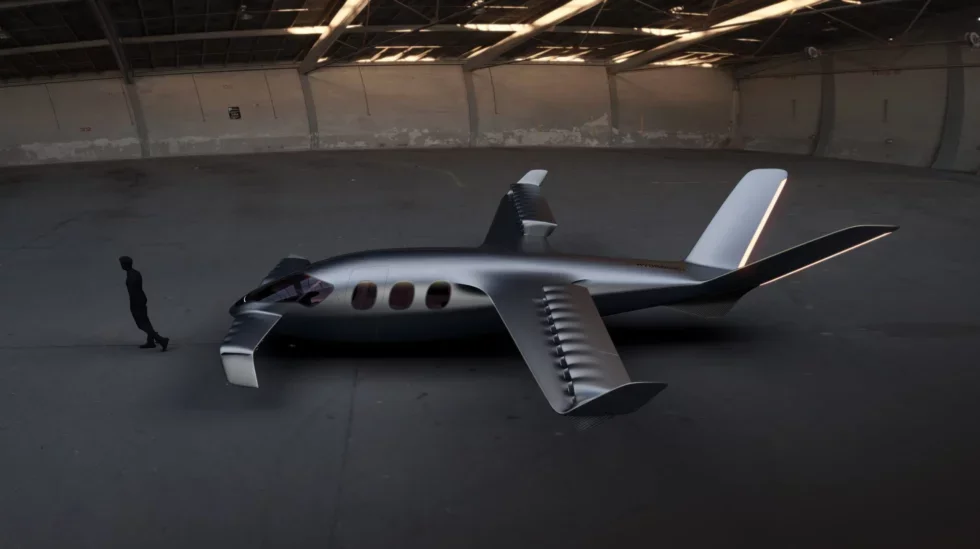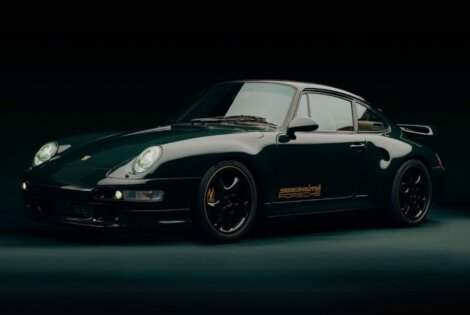Sustainable technologies intended for aviation applications have made huge strides over the years. Several startups and established companies in the industry even reported successful test flights. Unfortunately, we’re already in 2024 but have yet to see one become commercially available. This is due to a hurdle that plagues every platform launched so far, yet the Sirius Jet might just have the solution.
It all boils down to batteries! Aerospace experts all know the higher the capacity, the heavier it gets. At the current efficiency of this type of power source, most eVTOLs can only fly short routes, which is below our expectations. Therefore, Sirius Aviation AG developed its aircraft to operate with another type of eco-friendly propulsion system.
Instead of a battery-electric configuration, the Sirius Jet runs on Hydrogen. This green technology has its fair share of problems but is considered advantageous in a lot of ways. As long as production costs eventually drop and refueling infrastructures are just as widely distributed as charging stations, the potential for success would grow exponentially.
As it stands right now, the aircraft is engineered as a vertical take-off and landing type. Don’t expect this to change anytime soon given it’s feasibly impossible to build airstrips for the average consumer. The Sirius Jet relies on 28 ducted fans — 20 arranged on the wings and another eight mounted on the canards.
According to press materials, the propulsion system produces less noise which is beneficial for passengers and the public. A full hydrogen tank can cover a flight distance of 1,150 miles with a maximum cruising speed of 323 mph. Perhaps the awesome feature of the Sirius Jet is the Emergency Parachute System that automatically deploys in the event of a critical system failure.
Learn More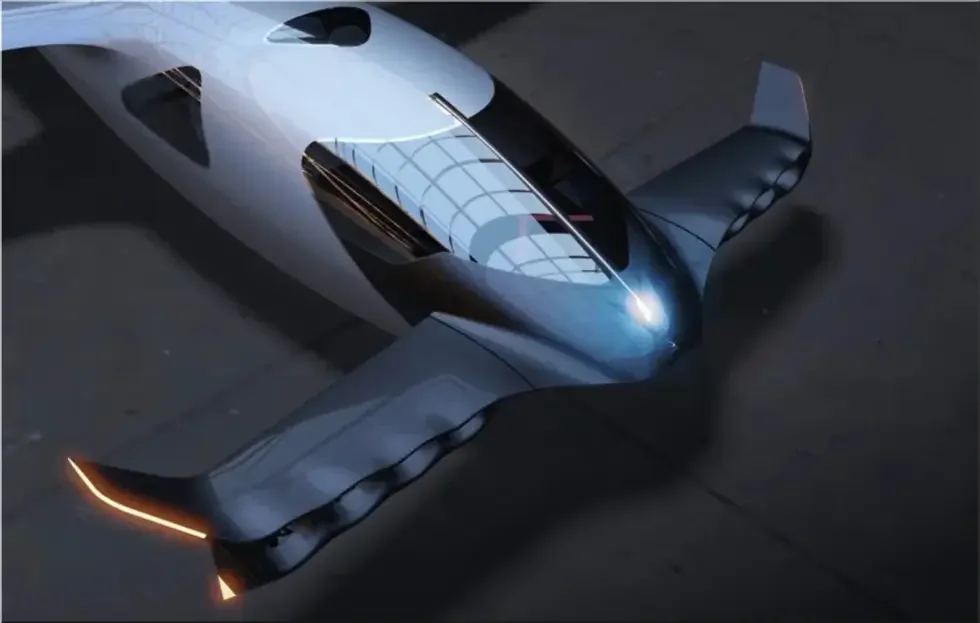
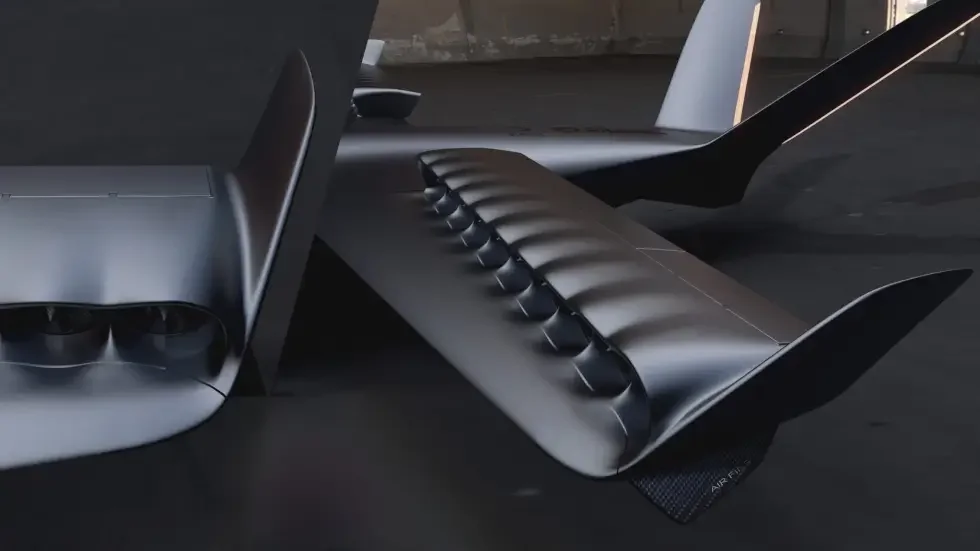
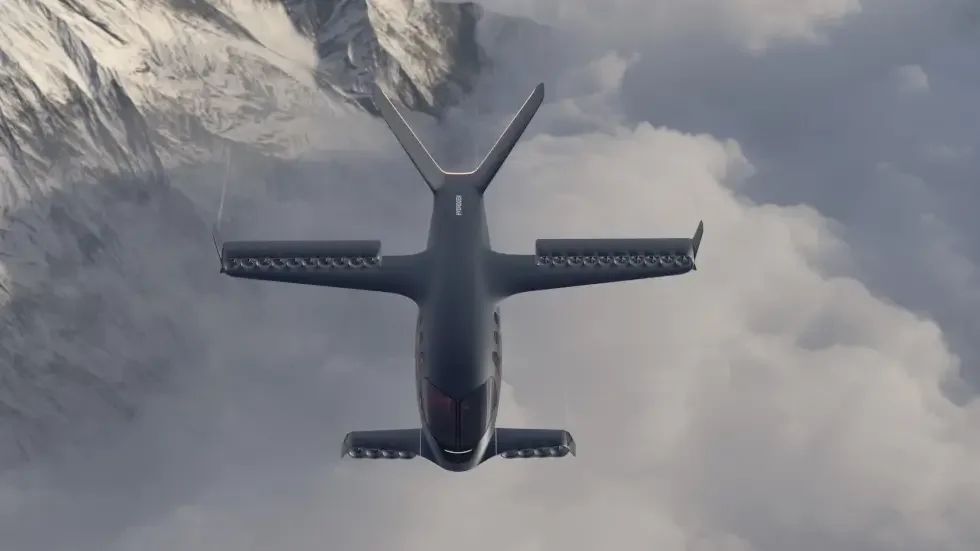
Images courtesy of Sirius Aviation AG

